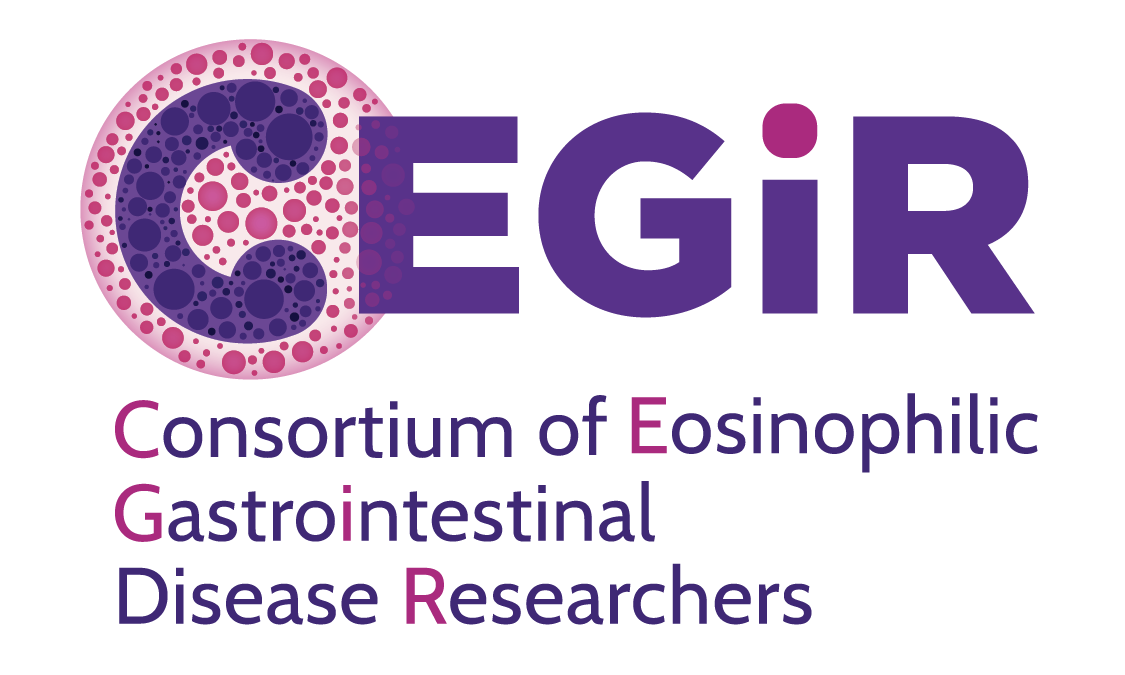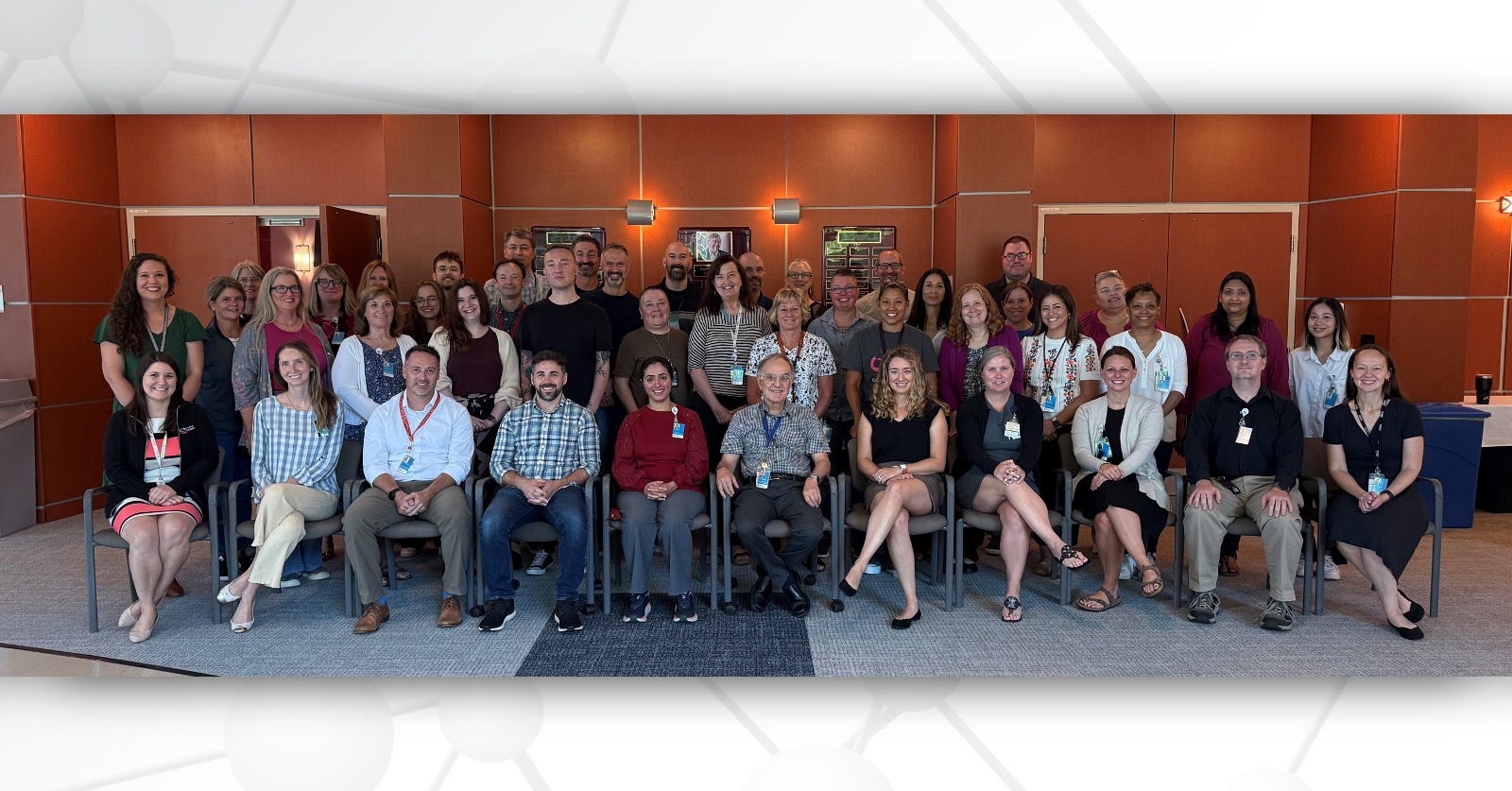The federal agency that oversees a large network of research centers seeking cures for hundreds of rare, disabling, and often fatal diseases has renewed Cincinnati Children’s as its data management and coordinating center.
In 2019, Cincinnati Children’s received a five-year grant from the National Center for Advancing Translational Sciences (NCATS) to establish the center. Now, a $27 million grant from NCATS continues this designation for another five years.
The funds will be used to support the Rare Diseases Clinical Research Network (RDCRN)’s mission of working toward faster diagnosis and better treatments for people living with rare diseases. The Coordinating Center facilitates studies involving thousands of scientists—both in the US and internationally—by collecting, organizing, sharing, and analyzing large amounts of data about rare diseases.
The center is led by two senior scientists at Cincinnati Children’s: Maurizio Macaluso, MD, DPH, Director, Division of Biostatistics and Epidemiology; and Michael Wagner, PhD, Associate Professor, Division of Biomedical Informatics.
What are the challenges of rare disease research?
In the US, a disease or disorder is defined as “rare” by the Centers for Disease Control and Prevention (CDC) when it affects fewer than 200,000 people—but collectively, rare diseases are not rare. It is estimated that about one in every nine Americans is affected by one of more than 10,000 rare diseases.
However, treatments for rare diseases are rare. Fewer than five percent of rare diseases have a treatment approved by the US Food and Drug Administration (FDA). To get a drug from discovery to market, it can take as long as 10 to 15 years and cost up to $2.6 billion. And because most rare diseases are genetic, they often affect infants and children.
Although there are many different types of rare diseases, people who live with rare diseases face common challenges. Arriving to the correct diagnosis may take years, and the “diagnostic odyssey” may delay proper clinical management. Lack of well-collected and organized patient data, diagnostic criteria, and genetic information contributes to the problem. Well-designed studies are expensive and difficult to conduct because enrolling patients is a major challenge. Developing new treatments and bringing them to approval requires large investments—and industry commits to making investments only after enough evidence is available. This means that many families face a difficult journey through many challenges, which for too many does not result in a better quality of life.
What is the Rare Diseases Clinical Research Network?
In 2002, Congress passed a law authorizing several agencies within the National Institutes of Health to launch the RDCRN. The network is currently made up of 19 consortia, each studying at least three different rare diseases. Each consortium includes scientists, clinicians, patients, and advocates collaborating to advance rare disease research.
Since its establishment, the RDCRN has supported hundreds of studies at over 300 qualified clinical sites around the world. These efforts have resulted in over 3,000 publications with topics ranging from natural history studies and case reports to practice guidelines and clinical trials of new treatments. Findings from these studies have contributed to the approval of 11 treatments for rare diseases by the FDA.
What is Cincinnati Children’s role?
The Data Management and Coordinating Center (DMCC) at Cincinnati Children’s supports research consortia with designing studies and protocols, developing data collection instruments and databases that capture high-quality information, maintaining a centralized storage and tools for data analysis, and sharing data among the 19 groups. The DMCC also promotes the engagement of participants and patient advocates throughout the network and facilitates dissemination of information about ongoing studies and their results.
“The DMCC is responsible for providing state-of-the-art infrastructure for collaboratively implementing best practices that help consortia coordinate their research efforts,” says Wagner. “By ensuring reproducibility of results and making research data accessible, we help ensure that precious data from the limited numbers of patients eligible for and willing to participate in clinical trials is used as efficiently as possible.”
In this new grant cycle, the center’s goals include:
- Supporting the RDCRN and advancing the methods and the practice of rare disease clinical research to promote clinical trial readiness.
- Maintaining a leading-edge, cloud-based data ecosystem to facilitate the research done by the consortia and promote data sharing within the RDCRN and with other stakeholders.
- Expanding research collaboration within the RDCRN and with other partners, disseminating the RDCRN research findings, and promoting the RDCRN globally.
“The DMCC at Cincinnati Children’s combines strong expertise with outstanding infrastructure, state-of-the-art technology, and institutional support,” says Macaluso. “We will help accelerate discovery and collaboration across the RDCRN, bring new treatment options to trial, and improve health and wellness for rare disease patients and their families.”


